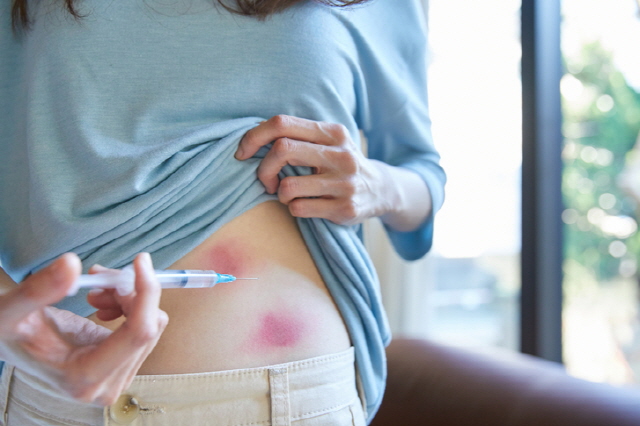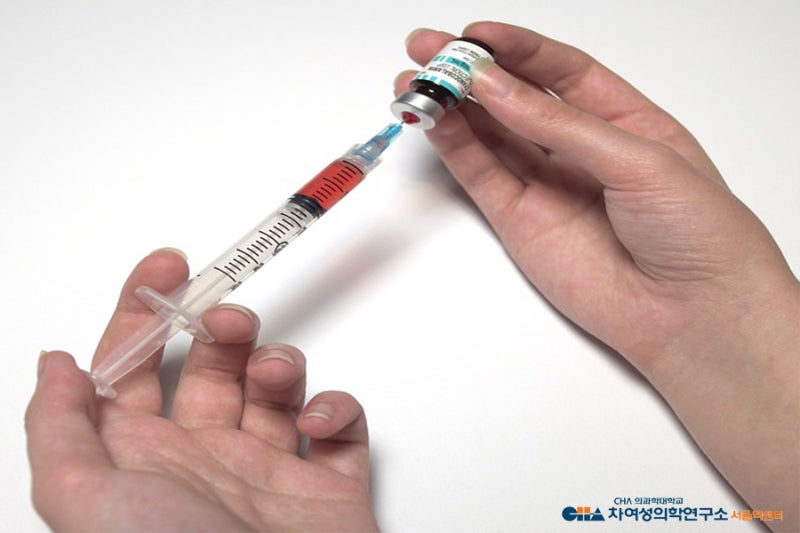Getting Pregnant with Ovulation Induction Injections: Precautions and Success Rates
Getting Pregnant with Ovulation Induction Injections: Precautions and Success Rates
Introduction
Ovulation induction injections, also known as superovulation injections, are a popular fertility treatment for women struggling with ovulation issues or undergoing assisted reproductive techniques like intrauterine insemination (IUI) or in vitro fertilization (IVF). While these injections increase the chances of conception, they also come with specific precautions and considerations. In this blog, we’ll discuss the key precautions to take when using ovulation induction injections and provide insights into the success rates of this treatment.
1. How Ovulation Induction Injections Work
Ovulation induction injections contain hormones like Follicle-Stimulating Hormone (FSH) or Human Chorionic Gonadotropin (hCG) that stimulate the ovaries to produce and release eggs. This controlled stimulation increases the number of eggs available for fertilization, improving the chances of conception in treatments like IUI or IVF.
2. Success Rates of Ovulation Induction Injections
The success rates of ovulation induction injections depend on various factors, including age, underlying fertility issues, and the treatment method (natural conception, IUI, or IVF).
A. Success Rates by Age
- Women under 35: Approximately 20–25% chance of conception per cycle.
- Women aged 35–40: Around 10–15% chance per cycle.
- Women over 40: Success rates decrease to 5–10% per cycle.
B. Success Rates by Treatment Type
- Natural Conception: Ovulation induction injections increase the chances of ovulation in women with conditions like PCOS or anovulation.
- IUI: When combined with IUI, success rates range from 15–20% per cycle.
- IVF: Success rates for IVF with ovulation induction injections vary but can reach 40–50% per cycle, depending on the woman’s age and egg quality.
C. Cumulative Success Rates
- The likelihood of success increases with multiple cycles. For example, after three cycles of treatment, many women achieve pregnancy.
3. Precautions When Using Ovulation Induction Injections
While ovulation induction injections are generally safe, there are specific precautions to follow to ensure the best outcomes and minimize risks.
A. Monitor for Ovarian Hyperstimulation Syndrome (OHSS)
- What Is It?: OHSS is a condition where the ovaries become swollen due to an excessive response to hormonal stimulation.
- Symptoms: Severe bloating, abdominal pain, nausea, and rapid weight gain.
- Prevention: Regular ultrasound monitoring and blood tests to track follicle development and hormone levels.
B. Avoid Overstimulation
- Producing too many eggs can increase the risk of multiple pregnancies (twins, triplets, or more), which may lead to complications during pregnancy.
- Solution: Your doctor will tailor the dosage of injections to your specific needs to minimize this risk.
C. Timed Intercourse or Procedures
- Ensure that ovulation timing aligns with either natural conception, IUI, or IVF procedures.
- Tip: Follow your doctor’s instructions for administering the hCG trigger shot, which induces ovulation.
D. Proper Administration of Injections
- Follow precise instructions for dosage and timing to maximize effectiveness.
- Tip: Learn how to self-administer injections or seek assistance from a healthcare professional.
E. Avoid High-Impact Activities
- Enlarged ovaries during treatment can increase the risk of ovarian torsion (twisting of the ovary).
- Tip: Stick to light, low-impact activities like walking or yoga.
F. Lifestyle Modifications
- Healthy Diet: Eat a balanced diet rich in whole grains, lean proteins, and vegetables to support overall health.
- Stay Hydrated: Drink plenty of water to avoid dehydration, especially if experiencing mild OHSS symptoms.
- Avoid Alcohol and Smoking: Both can negatively impact fertility and pregnancy outcomes.
4. Common Side Effects of Ovulation Induction Injections
While side effects are generally mild, it’s essential to be aware of potential reactions:
- Mild Side Effects:
- Bloating, mood swings, fatigue, and mild cramping.
- Serious Side Effects:
- Severe abdominal pain, rapid weight gain, or difficulty breathing (possible signs of OHSS).
What to Do: Contact your doctor immediately if you experience severe or unusual symptoms.
5. Factors That Influence Success Rates
Several factors can impact the effectiveness of ovulation induction injections:
- Age: Younger women typically have higher success rates due to better egg quality.
- Underlying Fertility Issues: Conditions like PCOS may respond well to ovulation induction, while other factors like low ovarian reserve may require additional interventions.
- Treatment Method: Combining injections with IUI or IVF generally improves success rates compared to natural conception alone.
- Lifestyle Choices: Maintaining a healthy weight, reducing stress, and avoiding harmful substances can improve treatment outcomes.
6. Emotional Support During Treatment
Fertility treatments can be emotionally challenging. Consider these strategies to help manage stress and stay positive:
- Join a Support Group:
- Connect with others undergoing similar treatments to share experiences and advice.
- Communicate with Your Partner:
- Openly discuss your feelings and support each other throughout the process.
- Seek Professional Counseling:
- A fertility counselor can provide coping strategies and emotional support.
7. Conclusion
Ovulation induction injections offer hope to many women struggling with infertility, significantly increasing the chances of conception when used with proper care and monitoring. By understanding the success rates, following your doctor’s guidance, and taking the necessary precautions, you can maximize your chances of achieving a healthy pregnancy.
Call to Action
Are you considering ovulation induction injections or have questions about the process? Share your thoughts or experiences in the comments below. For more insights into fertility treatments and pregnancy health, follow this blog.



Comments